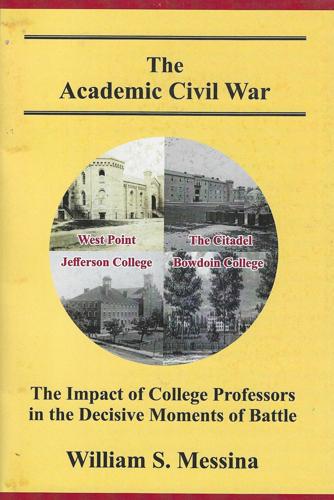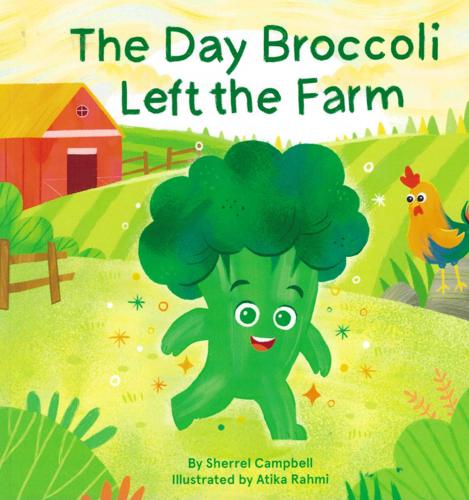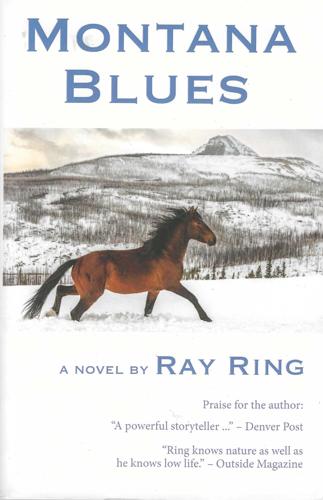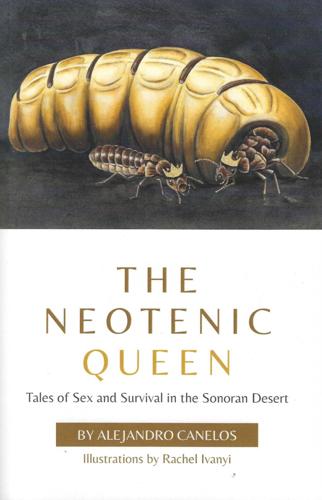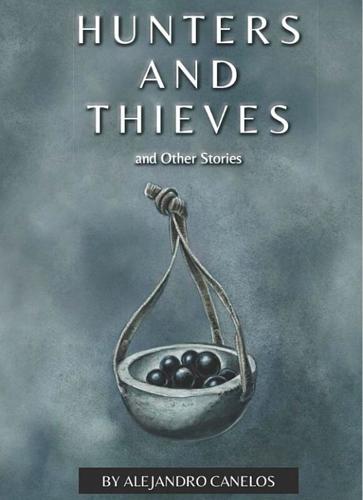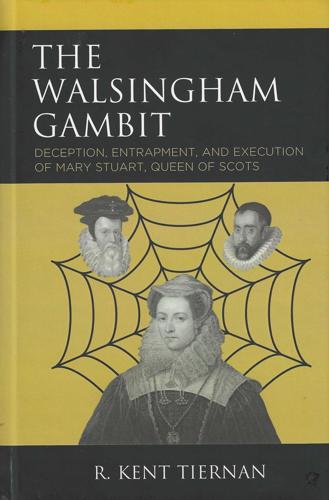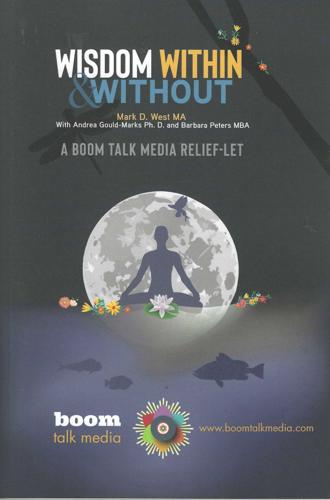“The Academic Civil War: The Impact of College Professors in the Decisive Moments of Battle” by William S. Messina. Published by the author. 339 pages. $20.99, available at Mostly Books in Tucson.
From the Battle of First Bull Run to the Battle of Gettysburg, soldiers who impacted warfare demonstrated three distinct attributes: critical thinking skills, audacity and the drive to succeed. So says author William Messina, who vigorously supports this claim with examples of six effective warriors, three from the Union Army and three from the Confederate Army.
It’s not a coincidence that they were all college professors. In fact, says the author, the skills these men shared were honed in academic environments (West Point, the Citadel, Jefferson College and Bowdoin College) and each had “the right stuff” when it counted for modern warfare.
Messina, who lives in Tucson, holds a PhD in Industrial Engineering from Arizona State University, and his day job includes writing award-winning technical articles and lecturing in the sciences. But Civil War history is his life-long passion, and his wide-ranging knowledge is evident. He begins by providing individual biographies of the six professors, highlighting early indications of the personality traits and skill sets that would distinguish them on the battlefield. At this point the reader can opt to read straight through the text, arranged in battle chronology, but Messina recommends a different approach: since they are not an ensemble cast, readers will benefit by following each professor separately, into decisive battles.
Be prepared for stylistic eccentricities: the curiously liberal use of exclamation points — possibly symptomatic of the author’s unalloyed enthusiasm for his subject — may lead to some head-scratching. Regardless, Messina drives home his deeply-researched point with an obvious relish that will not be lost on history fans and Civil War buffs.
— Helene Woodhams
“The Day Broccoli Left the Farm” by Sherrel Campbell. Illustrated by Atika Rahmi. Published by the author. 51 pages. $24.99; paperback $19.99; Kindle $7.99.
Poor Broccoli doesn’t deserve his bad rap, but kids think he’s funky so he sets off on a mission to show reluctant children just how delightful he can be. Along the way other less-than-popular vegetables join his crusade, helpful bystanders offer up additional ingredients, and the march ends in a supper so delicious that even the pickiest eater is won over. This delightful, rhyming book is perfect for a read-aloud: there are opportunities for kids to interact, including a little rabbit cleverly hiding on each page to observe the progress of the produce, who’s just begging to be found by an eagle-eyed young reader.
Author Sherrel Campbell takes a mundane vegetable children would rather not hear about and makes it fun — and to prove broccoli deserves a chance, she includes some kid-approved recipes. Illustrations by Atika Rhami round off a satisfying read. Originally from Jamaica, Campbell now lives in Tucson, and is the author of several picture books.
— Helene Woodhams
“Montana Blues” by Ray Ring. Writer’s Canyon. 326 pages. $17.99.
What lies beneath Montana’s snowy, pristine landscape? In this compulsively readable new thriller, it’s a dark underbelly of violent racism. Novelist and award-winning journalist Ray Ring makes his home in Tucson, and two of his three previous novels, “Arizona Kiss” and “Peregrine Dream,” are set in the Arizona desert. But it’s the 20 years he spent in Montana that inform this latest work and it’s a place he understands well.
When a college cheerleader is found murdered, law enforcement in lily-white Bozeman doesn’t look much further than her Black, football player boyfriend, Dawson, who is guilty only of having had the audacity to date a white woman. After five years in prison, Dawson is released, exonerated by evidence the crime lab had initially bungled. But his problems are far from over, since he’s determined to figure out who framed him and why. With the killer still at large, it quickly becomes clear that his decision has potentially dire consequences as he makes his way through a deadly labyrinth of murderous white supremacist ex-cons and crooked cops.
Dawson’s unlikely partner in his quest is Rose, his dead girlfriend’s identical twin, and their bond is at the heart of the narrative: they have no choice but to rely on each other despite their mutual distrust. Ring’s flair for fully-realized characters and smart dialog is on display here; combined with fast-paced action, this is propulsive storytelling that will keep you on the edge of your seat.
— Helene Woodhams
“The Neotenic Queen: Tales of Sex and Survival in the Sonoran Desert” 241 pages. $14.95 and “Hunters and Thieves and Other Stories,” 207 pages $14.95 by Alejandro Canelos. Illustrated by Rachel Ivanyi. Neotenic Press.
Alejandro Canelos gives a nod to “Watership Down” author Richard G. Adams in “The Neotenic Queen,” his delightful debut collection of occasionally randy anthropomorphic desert tales. From man-friendly diamondback rattlers through socially-compacted saguaros and a rebellious subterranean termite, to collared peccaries (javelina, in our parlance), facing off in a territorial and social/societal conflict, Canelos features animals native to our collective backyard.
Formerly a businessman, but trained in biology, Tucsonan Canelos underpins his animal behaviors with sound science, which he helpfully explains. (E.g., “Neotenic” from the title means “retaining juvenile characteristics in adulthood.”) He overlays them, however, with recognizable human feelings (longing, pride, love, lust, sadness) and situations: The rattlesnake Jake, for example, (Who warms to a rattlesnake? But Canelos wins us over) longs for connection with a man living in his territory, so he sets about exterminating the man’s pack rat infestation. One recalcitrant whipper-snapper saguaro (“Rowdy”; only 50 years old at the time) refuses to abide by the saguaro cluster’s water conservation rules. He lives to regret it, but suffers decades of saguaro social shunning. Lyle, a fledgling Gilda woodpecker, returns home to hang out in his parents’ saguaro boot. (Read “basement.”)
Canelos has an appealing narrator’s voice, warmed by wit and fondness for his Sonoran denizens. He portrays animal sex forthrightly and ironically. And illustrator Rachel Ivanyi’s black-and-white illustrations are superb.
Hot on the heels of “The Neotonic Queen,” Canelos published the 24-tale collection “Hunters and Thieves and Other Stories.” Promoted as “panning an array of genres: thriller, drama, mystery, fantasy, romance, dark comedy and horror,” it features mostly humanoid characters often behaving weirdly. And, yes, already in the hopper is his next publication is “Ten-Minute Dramas for the Stage.” This writer’s on a roll.
— Christine Wald-Hopkins
“The Walsingham Gambit: Deception, Entrapment, and Execution of Mary Stuart, Queen of Scots” by R. Kent Tiernan. Lexington Books. 268 pages $77.68 hardback; $45 Kindle.
Clownish modern-day Jewish space lasers and Jan. 6th “sight-seer” claims couldn’t hold a candle to the intricacies of a 16th-century plot to trap Mary, Queen of Scots, in her own demise: the clownish produces no results. According to Tucson historian R. Kent Tiernan, however, the psychological, devious, secretive and patient, can, and did.
This new history by Tiernan (former intelligence officer for the U.S. Air Force, Air Force Academy history professor; and — on the senior National Intelligence Service — chairman and staff director for the Foreign Denial and Deception Committee) lays out an argument that the final elimination of Mary’s Catholic threat to Queen Elizabeth’s Protestant reign was the result of elaborate intelligence and counterintelligence engineered by Elizabeth’s Secretary of State, Sir Francis Walsingham and her Lord High Treasurer, William Cecil.
History has long agreed on the facts of the Scottish queen’s life: Catholic Mary, threatened by rebels in Scotland, fled to England and the protection of her Protestant cousin, Elizabeth I, only to be incarcerated to quell Catholic insurrection. The Babington Plot to kill Elizabeth and place Mary on the throne was uncovered in 1586. Mary’s collusion with it was incontrovertible, and she was executed. What R. Kent Tiernan argues is that Walsingham and Cecil deliberately created an environment in which such a plot could play out, involving espionage, infiltration, double agency, elaborate coded communication, along with the psychological corrosion of physical deprivation and isolation of Mary and the subtleties of secrecy regarding Elizabeth.
This is a complex, scrupulously researched text, with scores of players and complicating activities, but Tiernan makes it accessible to the lay reader with clear, brief chapters that follow the chronology of the “gambit” from inception to execution. Flow charts, illustrations, appendices, and copious endnotes, support the narrative, so readers can choose how deeply into the weeds to get. The book is fascinating, actually. Machiavellian, definitely. Shakespearean, nearly.
— Christine Wald-Hopkins
Briefly noted
“100 Things to do in Tucson Before you Die: 2nd Edition” by Clark Norton. Reedy Press. 160 pages. $16.99; $9.99 Kindle. — There’s no reason to be bored in Tucson. This second edition of the popular guidebook, first published in 2017 by travel writer Clark Norton, offers iconic and unique destinations for visitors and Old Pueblo residents alike, updated to reflect post-pandemic changes. Includes photos and a helpful index. — Helene Woodhams
“Haunted Globe” by Debe Branning. Haunted America. 157 pages. $21.99. — In this volume from the “Haunted America” series, Arizona paranormal historian Debe Branning relates tales of robberies, murders and accidental deaths in Globe and Miami; ghost investigations in which she and others have participated there; unexplained phenomena associated with particular buildings; and the history of the area itself. She includes a list of paranormal teams and tours in the state. — Christine Wald-Hopkins
“Wisdom Within & Without: A Book Talk Media Relief-let” by Mark D. West, Andrea Gould-Marks and Barbara Peters. Independently published. 81 pages. $14.99. — With this beautifully-illustrated book, the folks at Boom Talk Media introduce a new addition to their “Relief-let” series, this one focusing on inspiring readers to reflect on their personal journeys and find connections to the shared circle of life. Relief-lets, say the authors, provide “…continuous learning to support mental and physical health, keeping loneliness at bay.” — Helene Woodhams


